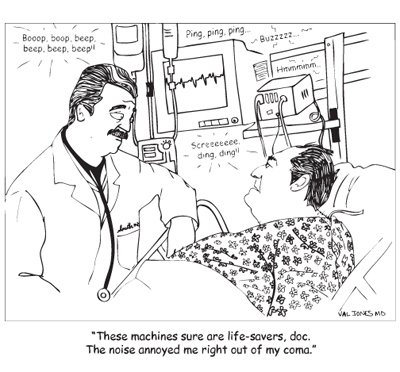October 15th, 2011 by American Journal of Neuroradiology in Research
No Comments »

Cerebral vasculitis is a known cause of ischemic and hemorrhagic strokes and has been described as one of the rare but important causes of corpus callosum infarction. Biopsy-proved giant cell arteritis causing callosal infarction is an exceedingly rare finding because a tissue specimen is usually not obtained and conclusions are drawn on the basis of clinical and radiologic findings alone. We present a case of callosal infarction, which evolved and eventually affected large portions of both cerebral hemispheres.
A 63-year-old woman presented to our hospital with left-sided numbness and neglect, cognitive changes, and apraxia. One month earlier, she was found to have a C-reactive protein level of 8.0 mg/dL (normal <0.5 mg/dL) and 75% stenosis in both femoral arteries. These results prompted Read more »
*This blog post was originally published at AJNR Blog*
October 21st, 2010 by Iltifat Husain, M.D. in Better Health Network, Health Policy, News, Opinion, Research
1 Comment »

 In a Wall Street Journal profile on how iPad apps are being used by special needs children, such as those who have speech impediments and as a communication tool — Steve Jobs commented on how even he did not have the foresight to see that the iPad could be used in such a fashion.
In a Wall Street Journal profile on how iPad apps are being used by special needs children, such as those who have speech impediments and as a communication tool — Steve Jobs commented on how even he did not have the foresight to see that the iPad could be used in such a fashion.
“We take no credit for this, and that’s not our intention,” Mr. Jobs said, adding that the emails he gets from parents resonate with him. “Our intention is to say something is going on here,” and researchers should “take a look at this.”
Last year we reported on how how much cheaper Apple’s portabile devices were compared to the traditional speech software/hardware products, and how insurance companies were hesitant to reimburse for a significantly cheaper Apple products verse industry products. At the time of our report, insurance companies were willing to reimburse up to $8,000 for a product that could be replaced by an iPod Touch with speech therapy apps would cost approximately $600. Since our report on the topic last year, not much has changed. Read more »
*This blog post was originally published at iMedicalApps*













